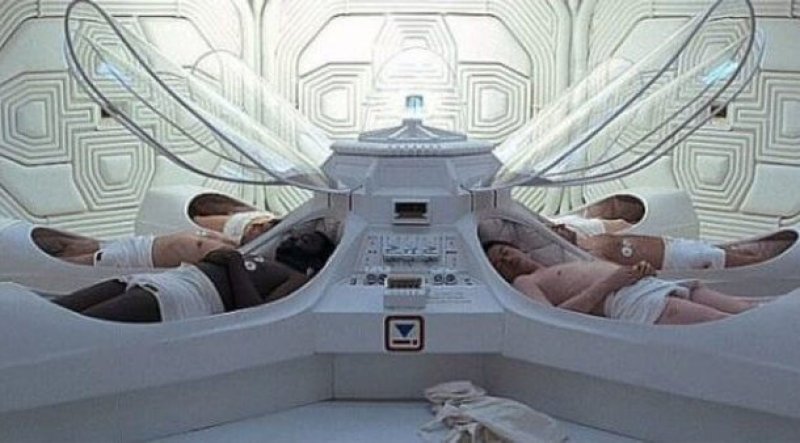The mechanisms that control torpor and other hypothermic states—in which body temperatures drop below 37 degrees Celsius—are largely unknown. Two independent studies published in Nature on [June 11] identify neurons that induce such [hibernation-like] states in mice when they are stimulated. The work paves the way toward understanding how these conditions are initiated and controlled. It could also ultimately help find methods for inducing hypothermic states in humans that will prove useful in medical settings. And more speculatively, such methods might one day approximate the musings about suspended animation that turn up in the movies.
…
Whether these states could be induced in humans remains to be seen. Small mammals have very different temperature-regulation systems than those of large mammals, so it is not clear if these neurons will have the same effect. “Is it possible to change the set point in a human? And by how much? I don’t know,” [neurobiologist Sinisa] Hrvatin says. “There are a lot of unanswered questions.” [Genshiro] Sunagawa dreams of intervals of “daily hibernation.” “If we could understand what sleep is doing, maybe we could combine sleeping and hibernation” and slow aging down, he says. Sunagawa’s group’s paper in Nature even includes a passage that speculates about inducing this quiescent state for astronauts going into deep space.































